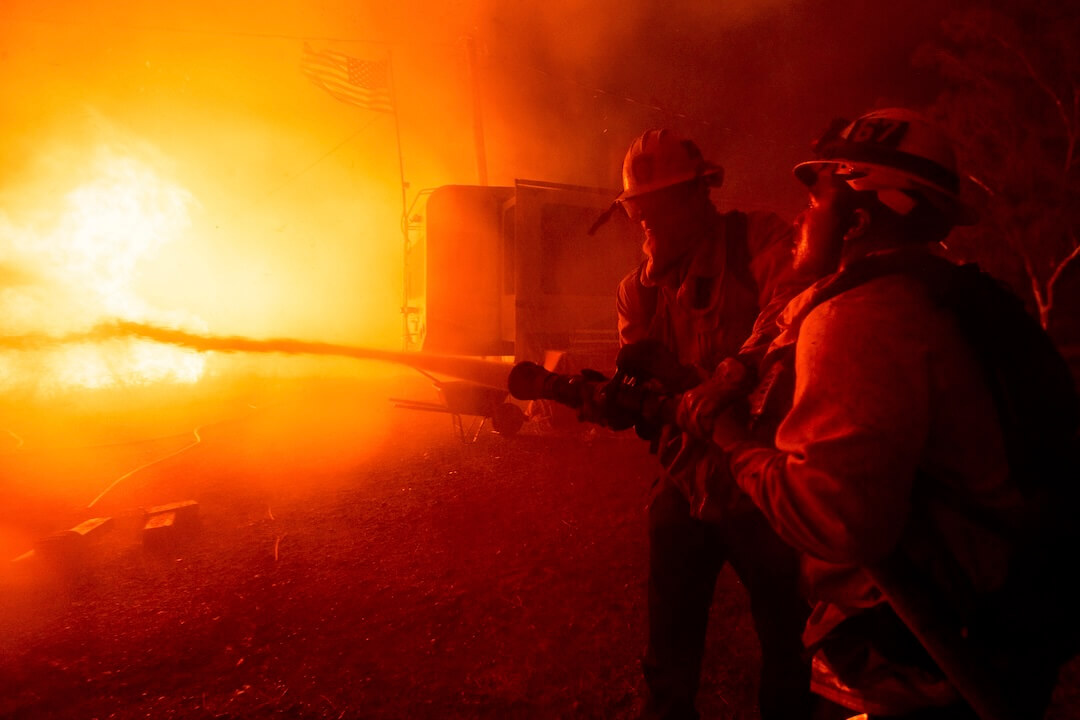A new report from the American Press Institute looks into newsrooms that have transformed physical spaces often while transforming digitally. "A Matter of Space: Designing newsrooms for new digital practice" looks at several legacy newsrooms, including The Dallas Morning News, The Kansas City Star and The Washington Post.
Some, like the Post, moved to new, smaller spaces. In Dallas, that process is happening now. The Treasure Coast News in Stuart, Florida, liked its location but needed a newsroom that reflected the work it was trying to do.
Pittsburgh Post Gazette executive editor David Shribman summed up a real problem with old newsroom spaces: “We wanted more light and less vermin.”
Other newsrooms around the country have moved from old spaces into new ones, including the Minneapolis Star Tribune, the Miami Herald, the Houston Chronicle and many, many more. Often, the push is economics. Old buildings, often in prime downtown spots, are too big for shrinking staffs, too much too maintain and too expensive to renovate.
In Dallas, according to API's report, the "Rock of Truth" building costs $1 million every year in maintenance. It's leaving its old 400,000 square-foot home for one that's 100,000 square feet.
But other factors make either moving or just changing up the physical space also a necessity, the report notes.
They include creating space to fit workflows that are vastly different than the print buildings were built for. The report spends one chapter on those new spaces and how they can foster collaboration in newsrooms that break down silos and not just walls, the Post's Tracy Grant said.
The practices of a modern, digital newsroom “require face-to-face conversation,” Grant said. “You have to make it easy for that to happen.” If employees have to walk up a floor to talk to someone, they’re less likely to collaborate — “unless you’re a Fitbit wearer.”
Newsrooms are also decluttering (although hopefully not in a death cleaning kind of way.) The Virginian-Pilot went through an in-house redesign that included some paint and a shredder.
“What an amazing metaphor for moving from print to digital,” said (Rachel) Jones, (news operations team leader) who guided The Virginian-Pilot through that transition. “Every single print record for which there was a digital copy was shredded.”
Another shift away from something that's as much a part of newsrooms as bad coffee – newsrooms are redesigning to include natural light. You can now find it in The Washington Post, the Pittsburgh Post-Gazette, the Houston Chronicle, and in many other newsrooms.
“We’re a company in a financially distressed industry trying to find some oxygen,” said Shribman of the Pittsburgh Post-Gazette.
The report offers a useful appendix with related reading, newsroom redesign visuals and a sample staff survey to get things started. It also notes how the Post designed the glass walls of small meeting spaces with historic newspaper headlines. In the newsrooms that Poynter has visited in the past two years, that thread of the past has been consistent, and often creative. In Philadelphia, headlines cover several walls. In Miami, both the Herald and El Nuevo Herald have famous newsroom quotes up on their walls. And in Houston, newspapers are actually woven into the walls of the elevators.







